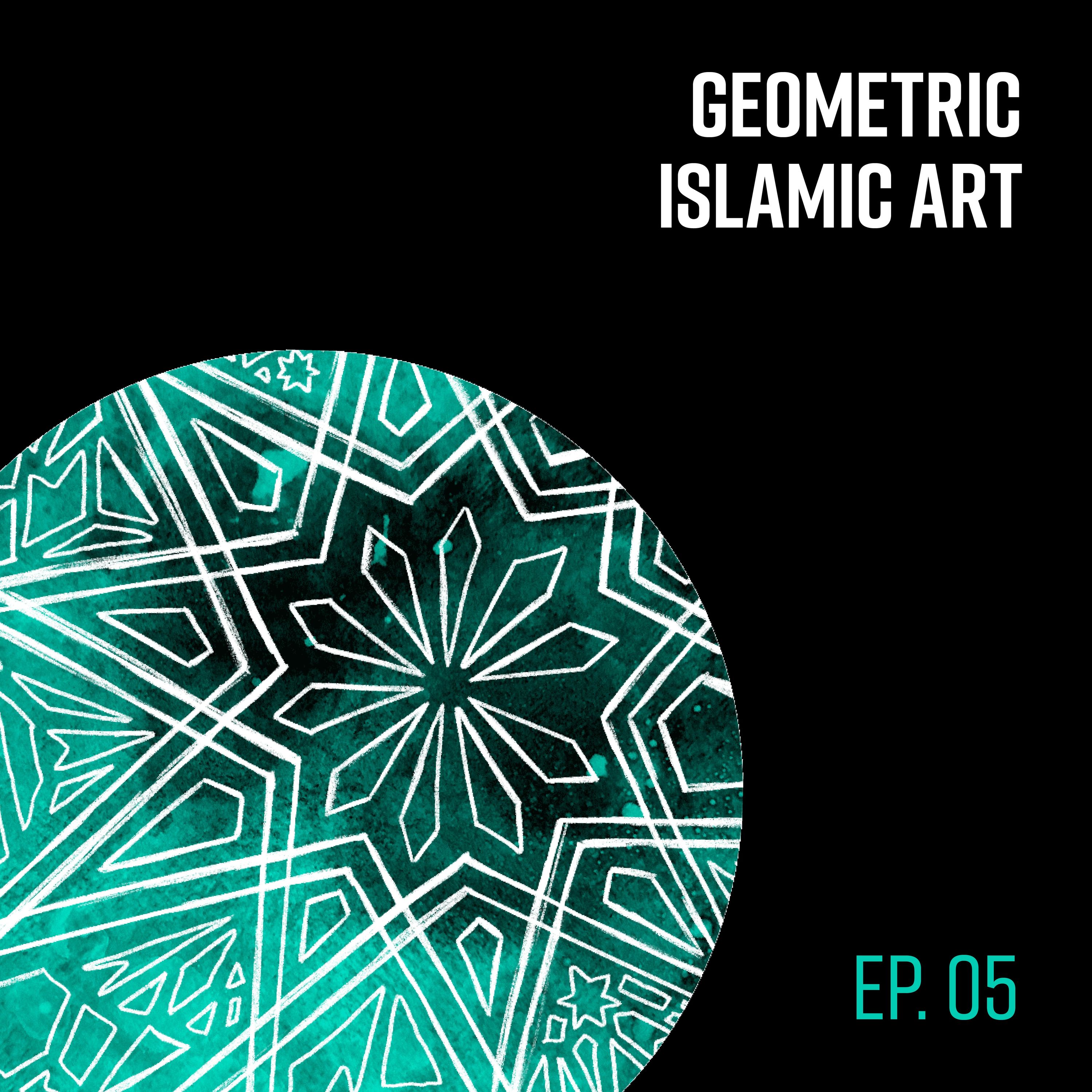Oct 09 2024 12 mins 1
TIMELINE
* A broad timeline spanning centuries is used to account for imprecise dates in the Ottoman Empire from multiple sources.
- 14th Century (1300s): The beginning of the Ottoman Empire. This period marks the initial blending of Islamic art with Byzantine and Persian styles, forming the basis for the unique Ottoman artistic and traditional geometric elements appearing as a symbol of Islamic art.
- 15th Century (1400s): Further development of the Ottoman style, with increased prominence in mosques and palaces in Istanbul.
- 16th Century (1500s): The peak of Ottoman art.
- 1520-1566: Reign of Suleiman
- 1548: The Şehzade Mosque completed with the best geometric
- Suleymaniye Mosque (completed in 1557).
- 1570s-1598: The Qur'an's decoration is the primary artistic expression in the Ottoman Empire.
- 1600: 1600: This period sees advancements in ceramics known as Iznik tiles, textiles, calligraphy, and manuscript illumination.
- 19th Century (1800s): The decline of the Ottoman Empire. Western influences begin to appear in Islamic art, introducing new styles and techniques.
- Early 20th Century (1900s-1922): The end of the Ottoman Empire
The Topic
A general view of the perspective on Islamic art that was shaped throughout the Ottoman Empire's peak, particularly during Sultan Suleiman's reign. Istanbul, Turkey, became known for its exceptional display of geometric symbolism in Islamic art. I want to explore the important mosques that displayed some of the most extraordinary works of art still known to the Islamic community.
REFERENCES
Kuban, D. (1987). The Style of Sinan’s Domed Structures. Muqarnas, 4, 72–97. https://doi.org/10.2307/1523097
Neci̇poğlu, G. (2007). Creation of a National Genius: Si̇nan and the Historiography of “Classical” Ottoman Architecture. Muqarnas, 24, 141–183. http://www.jstor.org/stable/25482458
Ersoy, A. (2007). Architecture and the Search for Ottoman Origins in the Tanzimat Period. Muqarnas, 24, 117–139. http://www.jstor.org/stable/25482457
Makdisi, U. (2002). Ottoman Orientalism. The American Historical Review, 107(3), 768–796. https://doi.org/10.1086/532495
Lewis, B. (1980). The Ottoman Empire and Its Aftermath. Journal of Contemporary History, 15(1), 27–36. http://www.jstor.org/stable/260456
AVCIOĞLU, N., & FLOOD, F. B. (2010). INTRODUCTION: Globalizing Cultures: Art and Mobility in the Eighteenth Century. Ars Orientalis, 39, 7–38. http://www.jstor.org/stable/23075922
Blessing, P. (2018). Presenting Islamic Art: Reflections on Old and New Museum Displays. Review of Middle East Studies, 52(1), 147–152. https://www.jstor.org/stable/26478488
Islamic Art. (1978). The Metropolitan Museum of Art Bulletin, 36(2), 3–48. https://doi.org/10.2307/3258866
Mehmed Ağa (Sedefkar Mehmet Aga, Ottoman architect, ca.1540-1622), & Ahmed I (Turkish patron, Sultan of the Ottoman Empire, 1590-1617). (1609-1616). Sultan Ahmed Camii. https://jstor.org/stable/community.23089080
Mehmed Ağa (Sedefkar Mehmet Aga, Ottoman architect, ca.1540-1622), & Ahmed I (Turkish patron, Sultan of the Ottoman Empire, 1590-1617). (1609-1616). Sultan Ahmed Camii. https://jstor.org/stable/community.23089076
The Ottoman Empire. (1968). The Metropolitan Museum of Art Bulletin, 26(5), 204–224. https://doi.org/10.2307/3258980
HOWARD, D. A. (1988). OTTOMAN HISTORIOGRAPHY AND THE LITERATURE OF “DECLINE” OF THE SIXTEENTH AND SEVENTEENTH CENTURIES. Journal of Asian History, 22(1), 52–77. http://www.jstor.org/stable/41932017
Denny, W. B. (1983). Dating Ottoman Turkish Works in the Saz Style. Muqarnas, 1, 103–121. https://doi.org/10.2307/1523074
